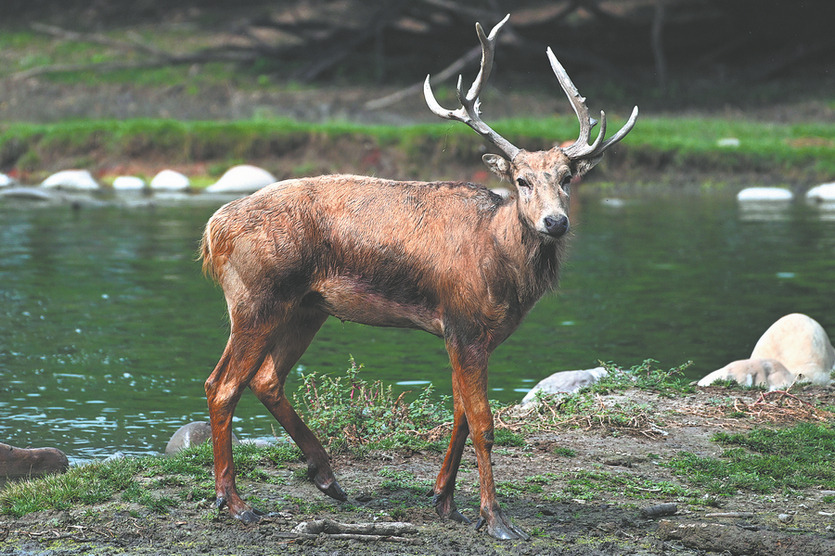Wild animals thrive as environment improves
Conflicts with humans pose number of challenges


Green efforts
Environmental protection has been a key task for the central government in recent years.
From 2016 to last year, China established numerous nature reserves, covering 18 percent of its land area. The reserves have protected 90 percent of the country's plants and 85 percent of its wild animals.
In the past five years, the nation has also made significant progress in terms of greening and protecting natural resources, with 36.33 million hectares of trees being planted and comprehensive vegetation coverage on natural grassland rising to 56.1 percent.
Moreover, wetlands in China have expanded by 202,600 hectares during that time, making a significant contribution to water safety and environmental protection.
In February, a new List of Wild Animals under State Priority Conservation was released by the National Forestry and Grassland Administration and the Ministry of Agriculture and Rural Affairs-protecting 980 wild animals.
The Ministry of Natural Resources is accelerating the establishment of a national spatial planning system-a 15-year project for the use of natural resources, which prioritizes environmental protection.
Thanks to these determined efforts, the populations of some endangered wild species in China have risen steadily.
Zhang Zhizhong, head of the forestry and grassland administration's wildlife protection department, said for example that Assam macaques, Siberian ibex and Burmese pythons have seen stable population growth.
The number of giant pandas reached 1,864 by the end of last year after decades of determined efforts to protect the animals' habitat, Zhang said.
The crested ibis, an endangered bird known as "the oriental gem", which was once thought to be extinct due to human activities, has also witnessed stable population growth, with numbers rebounding to more than 4,000.
In addition, several wild animals once extinct in the wild, such as milu deer and wild horses, are now thriving again thanks to artificial breeding.

































